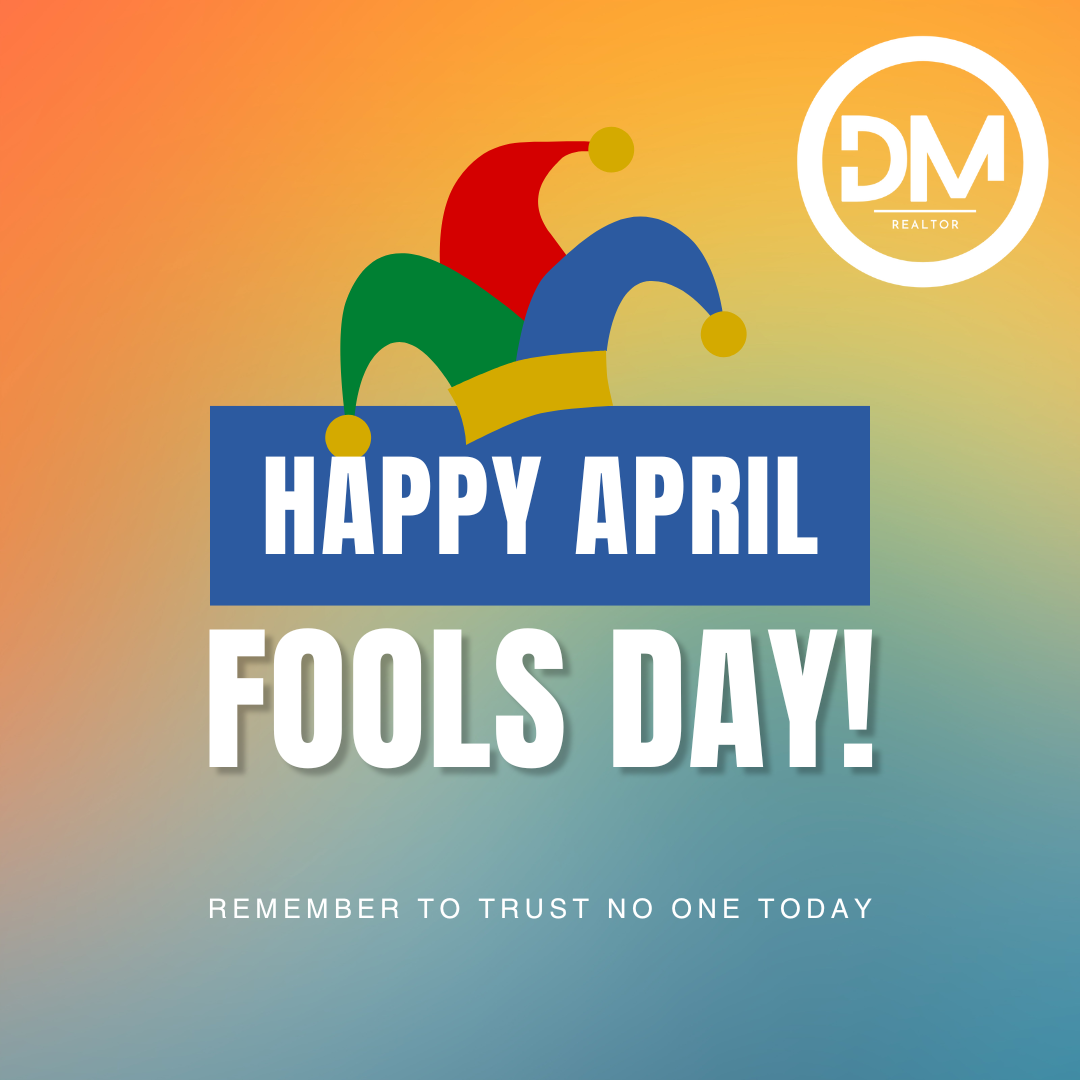April 1st, a day marked by mischievous pranks, practical jokes, and light-hearted hoaxes, is celebrated around the world as April Fools’ Day. But have you ever wondered about the origins of this playful tradition? As we embark on another year of jovial trickery, let’s delve into the intriguing history behind April Fools’ Day.
The precise origins of April Fools’ Day are shrouded in mystery, with several theories attempting to explain its inception. One popular belief traces its roots back to France in the 16th century when the country switched from the Julian calendar to the Gregorian calendar, as mandated by the Council of Trent in 1563. Under the Julian calendar, the New Year was celebrated around the end of March, coinciding with the arrival of spring. However, with the adoption of the Gregorian calendar, New Year’s Day was moved to January 1st.
It is said that some individuals resisted this change or remained unaware of it, continuing to celebrate the New Year on April 1st. Those who adhered to the new calendar mocked these traditionalists, labeling them as “April fools” and playing pranks on them. This theory suggests that April Fools’ Day originated as a way to poke fun at those resistant to change and unaware of the shifting calendar.
Another theory points to ancient Roman and Celtic traditions, which celebrated festivals around the vernal equinox with revelry and merriment. These festivities often involved disguises and playful antics, resembling the spirit of modern-day April Fools’ Day.
Regardless of its precise origins, April Fools’ Day has evolved over the centuries into a global phenomenon, with various cultures embracing the tradition in their own unique ways. In Scotland, for instance, April Fools’ Day is known as “Hunt-the-Gowk Day,” with individuals sending unsuspecting friends and family on foolish errands or sending them on a quest to find the elusive “gowk” (a cuckoo bird). In England and Canada, pranks and hoaxes are fair game until noon, after which the perpetrator becomes the “April fool” themselves.
The advent of mass media and the internet has further amplified the reach and creativity of April Fools’ Day pranks. Tech companies, in particular, have become notorious for crafting elaborate hoaxes and fake product announcements, capturing the attention of millions around the world. From Google’s fictitious “Google Nose” smell search feature to Netflix’s tongue-in-cheek recommendations for “binge-watching” documentaries about left-handed people, these pranks showcase the playful spirit of the day while also serving as clever marketing ploys.
In recent years, however, there has been a growing debate surrounding the appropriateness of April Fools’ Day pranks, with concerns raised about the potential for harm or offense. What may be a harmless joke to one person could be deeply upsetting or triggering to another. As a result, many individuals and organizations have opted for more thoughtful and considerate approaches to April Fools’ Day, focusing on light-hearted humor rather than deception or embarrassment.
Despite these shifts, April Fools’ Day endures as a beloved tradition, reminding us of the joy that comes from laughter and camaraderie. Whether you’re the prankster or the unsuspecting victim, April 1st serves as a reminder to embrace the whimsical and embrace the lighter side of life.
As we celebrate another April Fools’ Day, let’s reflect on the rich history and traditions that have shaped this day of mischief and laughter. Whether you choose to partake in playful pranks or simply enjoy the antics from afar, may the spirit of April Fools’ Day bring a smile to your face and a sense of joy to your heart.

 Facebook
Facebook
 X
X
 Pinterest
Pinterest
 Copy Link
Copy Link
